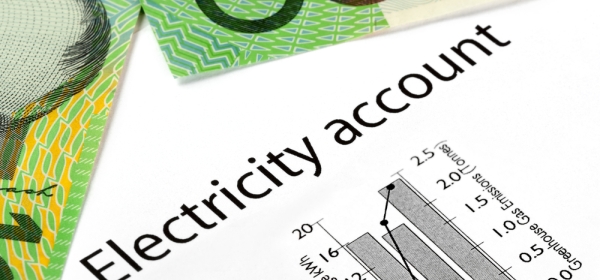Rising electricity bills continue to alarm, so it pays to shop around for the best deals. But if you’re unsure how to compare offers, this simple guide to electricity bills may help you secure a better deal.
Many of us simply look at our bill, compare it to the previous month, sigh about the costs and pay it. But do you really know what you’re being charged for? Are you being ripped off? Which things should you consider before making the decision to switch your power company?
Read: Regulator to drive down electricity bills by up to nine per cent
Here are some helpful hints and considerations for comparing energy rates:
Will you pay your bills on time? If so, you should choose a ‘pay on time discount’. If sometimes you run a little late with your payment, you should only seek suppliers who offer flat discounts.
Always compare the rates without GST and without the discounts applied.
This will show you what your rates will be if you can’t pay your electricity bill on time.
How long will you be living at the property? If it is for less than 24 months, ensure that there are no cancellation fees or penalties for ending your energy plan.
Read: Rising costs hitting hard
Find a contract with rate protection.
Ask suppliers if they cap rate increases. Some do, but most don’t.
If you speak to an energy broker or a comparison service, make sure they give you a fair comparison.
Ask them who they have contracts with who they don’t.
When comparing your electricity bill it’s also useful to understand what you’re paying for. If you refer to the back of your bill, you will see that it is broken down into two types of charges:
1. Kilowatt rates. This represents the quantity of electricity that you have used during the billing cycle.
2. Supply charge. This is the measurement in cents per day that totals the fees your distributor charges to supply the power, maintain the lines and read your meters.
It is also worth knowing each of the different rates on your bill. They are broken down in the following way:
Peak rate – Normal power use, e.g., lights, fridge, etc.
Off-peak rate – Dedicated hot water system.
Shoulder rate – If using a smart meter.
Supply charge – Daily fee in cents per day.
(If you have only a peak-rate meter – and natural gas – you will not have an ‘off peak rate’ or ‘shoulder rate’. This depends on the type of meter you have.)
Understanding these different rates and charges will make you better equipped to compare your current electricity rates. Now you’ll be able to shop around with more confidence.
Read: Difficulties paying electricity bills
If you enjoy our content, don’t keep it to yourself. Share our free eNews with your friends and encourage them to sign up.

